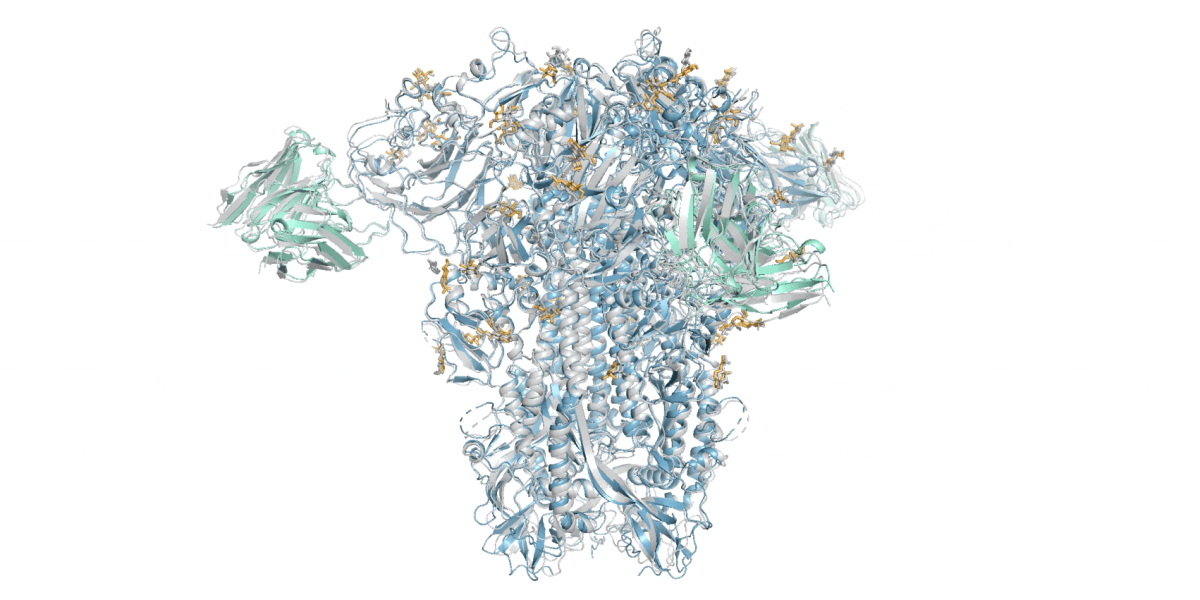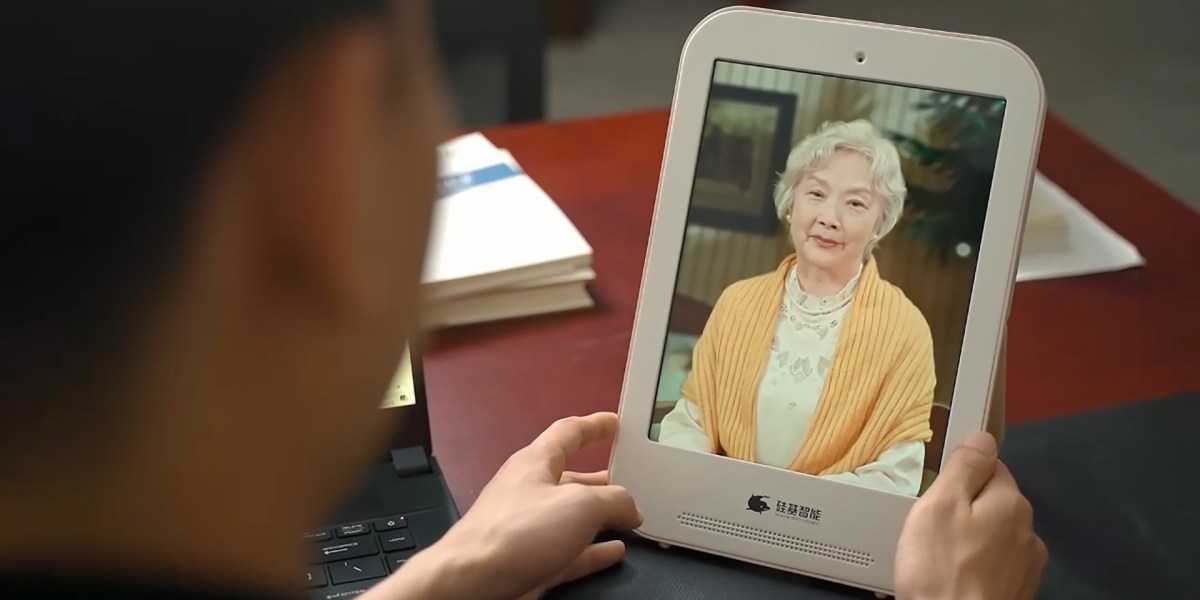The Download: how to tell when a chatbot is lying, and RIP my biotech plants
How it works: The Trustworthy Language Model gives any output generated by a large language model a score between 0 and 1, according to its reliability. This lets people choose which responses to trust and which to throw out. In other words: a BS-o-meter for chatbots.
Why it matters: Cleanlab hopes that its tool will make large language models more attractive to businesses worried about how much stuff they invent. But while the approach could be useful, it’s unlikely to be perfect. Read the full story.
—Will Douglas Heaven
My biotech plants are dead
—Antonio Regalado, MIT Technology Review’s senior biotech editor
Six weeks ago, I pre-ordered the “Firefly Petunia,” a houseplant engineered with genes from bioluminescent fungi so that it glows in the dark.
After years of writing about anti-GMO sentiment in the US and elsewhere, I felt it was time to have some fun with biotech. These plants are among the first direct-to-consumer GM organisms you can buy, and they certainly seem like the coolest.
But when I unboxed my two petunias this week, they were in bad shape, with rotted leaves. And in a day, they were dead crisps. My first attempt to do biotech at home is a total bust, and it cost me $84, shipping included. But, although my petunias have perished, others are having success right out of the box. Read the full story.





